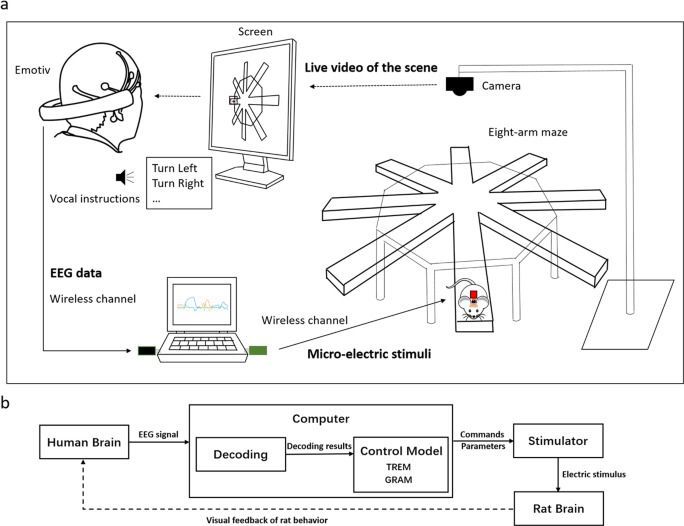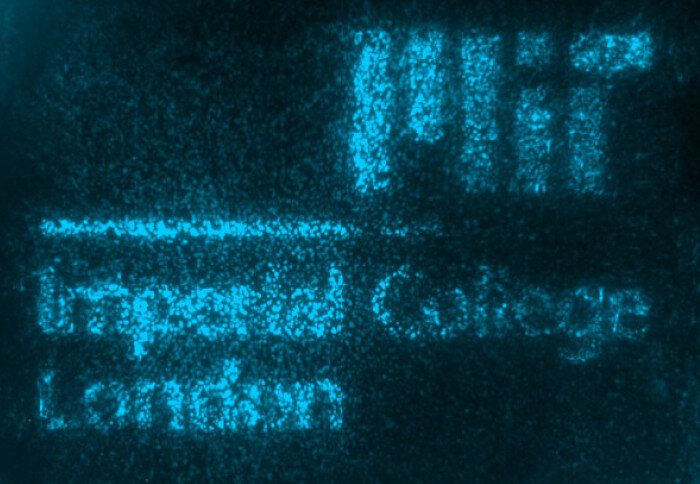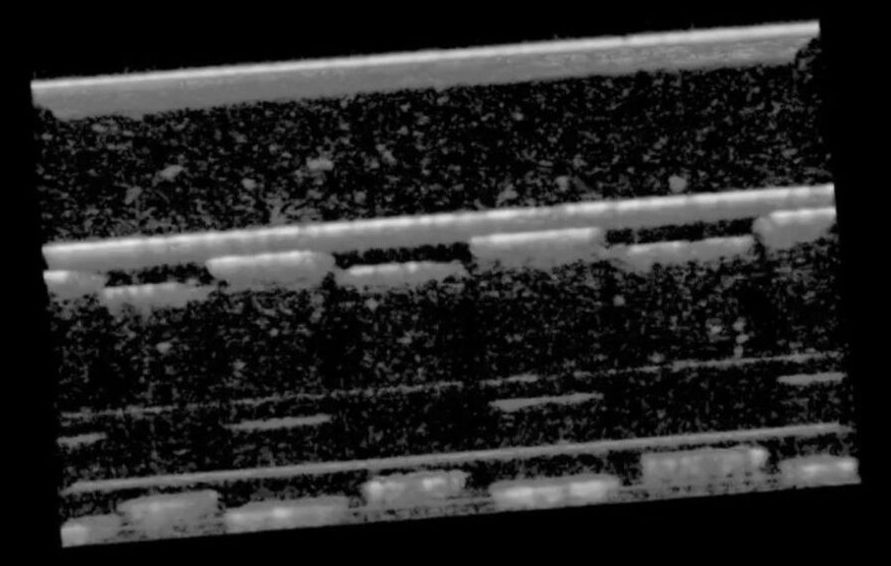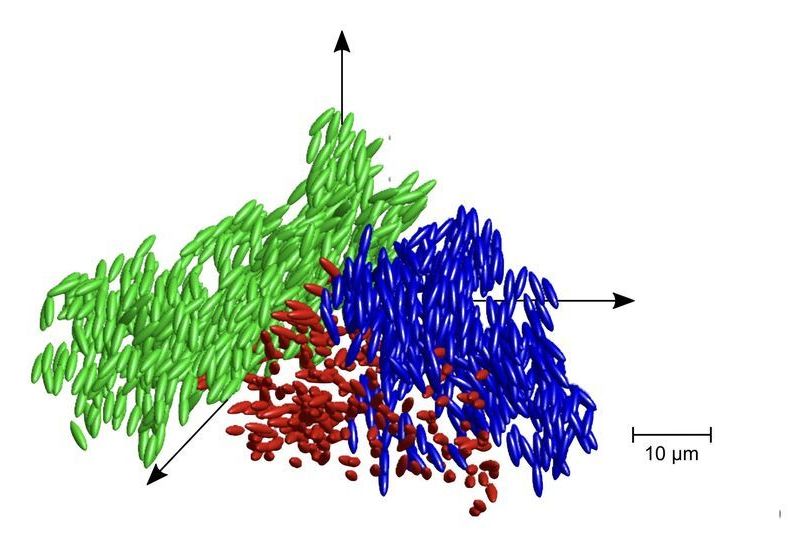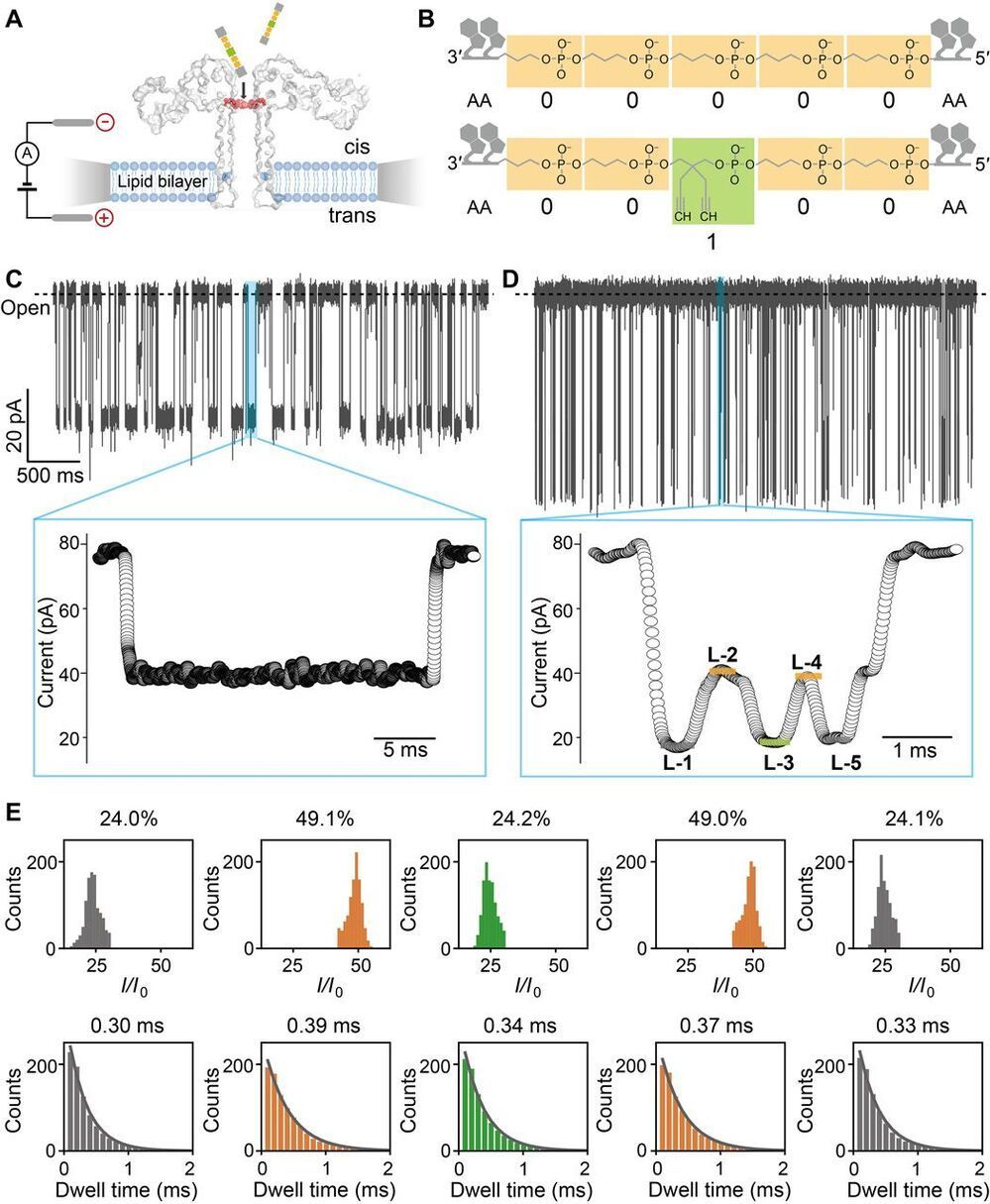Jan 16, 2021
Human Mind Control of Rat Cyborg’s Continuous Locomotion with Wireless Brain-to-Brain Interface
Posted by Brent Ellman in categories: biological, computing, cyborgs, neuroscience
“The results showed that rat cyborgs could be smoothly and successfully navigated by the human mind to complete a navigation task in a complex maze. Our experiments indicated that the cooperation through transmitting multidimensional information between two brains by computer-assisted BBI is promising.”
(2019)
Brain-machine interfaces (BMIs) provide a promising information channel between the biological brain and external devices and are applied in building brain-to-device control. Prior studies have explored the feasibility of establishing a brain-brain interface (BBI) across various brains via the combination of BMIs. However, using BBI to realize the efficient multidegree control of a living creature, such as a rat, to complete a navigation task in a complex environment has yet to be shown. In this study, we developed a BBI from the human brain to a rat implanted with microelectrodes (i.e., rat cyborg), which integrated electroencephalogram-based motor imagery and brain stimulation to realize human mind control of the rat’s continuous locomotion. Control instructions were transferred from continuous motor imagery decoding results with the proposed control models and were wirelessly sent to the rat cyborg through brain micro-electrical stimulation. The results showed that rat cyborgs could be smoothly and successfully navigated by the human mind to complete a navigation task in a complex maze. Our experiments indicated that the cooperation through transmitting multidimensional information between two brains by computer-assisted BBI is promising.
